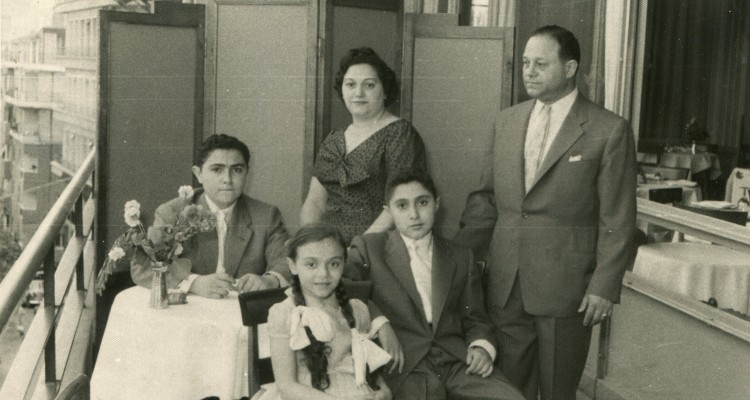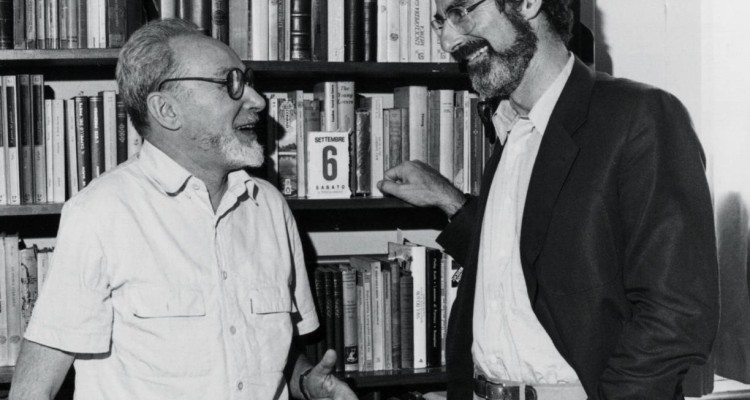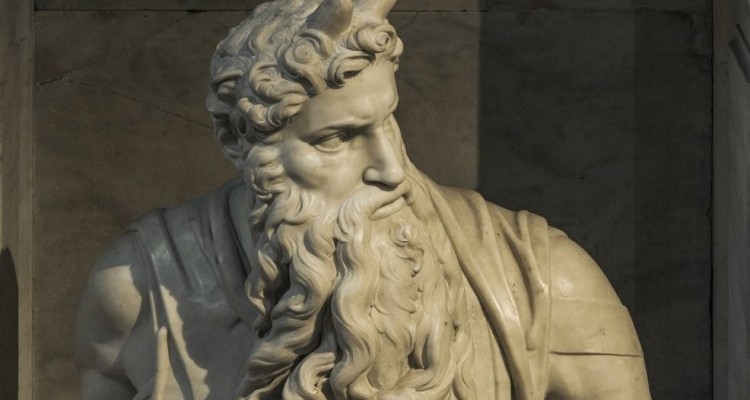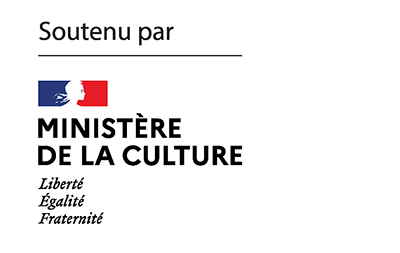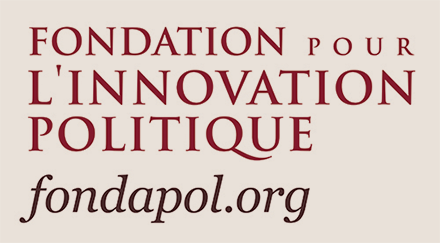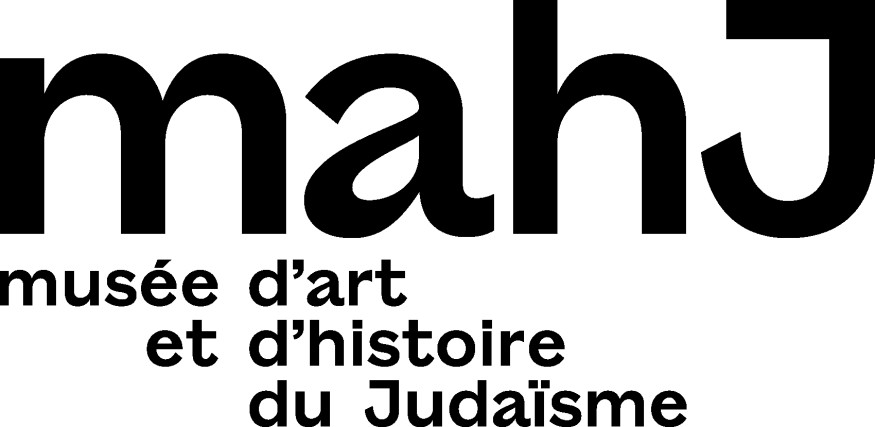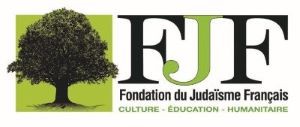“The Judeo-Spaniards of the former Ottoman Empire have kept a culture of evasion, of accommodation to the external context (…) They make up a group that is strongly identified from within, whose identity remains solid, which relies on the networks of its diaspora and which is not very visible from the outside, due to its weak presence” writes Marie-Christine Bornes Varol. She traces the complex itinerary of an “invisible community” and its survival today; she clarifies the confusion that the term “Sephardic” can convey, from where the Judeo-Spaniards draw a specific minority path; and she returns to the way the Holocaust struck this community. She also introduces us to what remains of the Jewish community in Turkey, their cryptic way of cultivating their religion, in a political environment where, in the rhetoric of Islamist parties, Jews are blamed for Israel’s policies and are at the center of many conspiracy theories.
Primo Levi – who died in April 1987, twenty-five years ago – is considered today a classic of Italian literature of the twentieth century and a universally significant author. This was not always the case. Giorgio Berruto, meeting with Italian specialists of the author of If this is a Man and The Drowned and the Saved, recalls the long road of a reception that has long limited Levi to the role of a witness. He was a witness, of course, and with a power of an evocation and reflection on his experience that, next to writers like Ruth Klüger or Imre Kertész, has very few equals. But, as Philippe Roth, whose role was important in the literary recognition of Primo Levi, encourages us, properly reading the works of such a writer involves hearing a voice that is not just set on his role as a survivor.
There is Meursault in Camus’s The Outsider; the one in Kamel Daoud’s novel, The Meursault Investigation: two opposing versions of the murder of an Arab by a ‘pied-noir’. We can also recall A.B. Yehoshua’s The Liberated Bride as well as the chapter that Edward Said wrote about Camus in Culture and Imperialism. Through this network of references, Beryl Caizzi proposes her personal reading. She identifies a pattern and a tension between different interpretations in which, based on the Camusian source, the Franco-Algerian question specific to The Outsider is revisited in a triangle that involves the French and the Arabs as well as the Jews.
